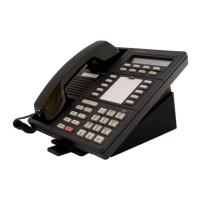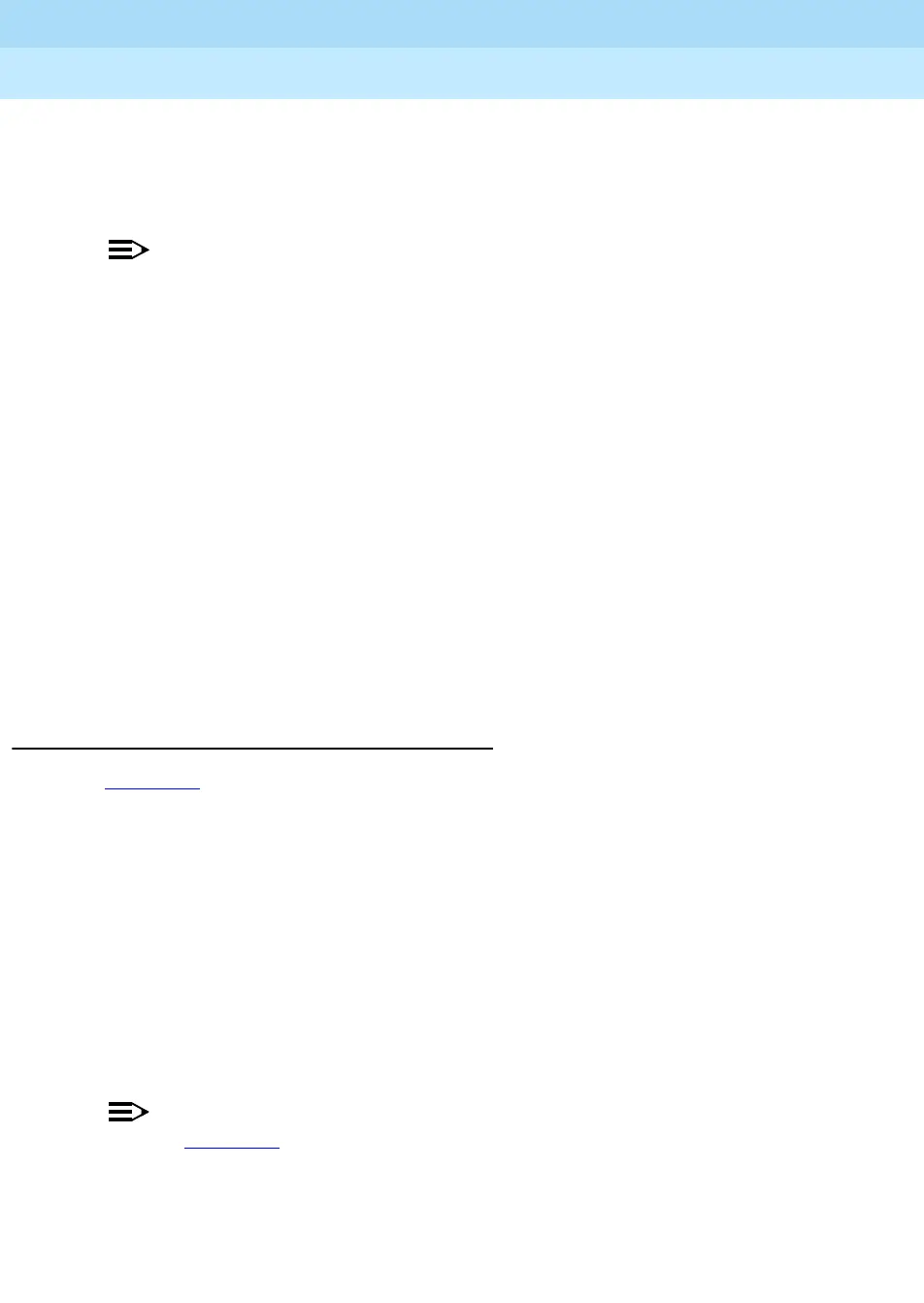MERLIN LEGEND Communications System Release 6.1
System Manager’s Guide
555-661-118
Issue 1
August 1998
Features and Applications
Page 4-61Applications
4
■ The documentation for specific products and services provides the most
detail. No system guide presents full information about the operation and
installation of specific applications. Consult your Lucent Technologies
representative after you review the system guides.
NOTE:
There are important differences in how applications function in the
system’s different modes of operation (Key, Hybrid/PBX, or Behind Switch).
Also, there may be interactions between an application and certain system
features. For more information, see the
Feature Reference
or contact your
Lucent Technologies representative.
As you review information about the available applications, ask these questions:
■ What adjunct hardware and software are required for the application? Does
a UNIX System, DOS, or Windows
environment match my expertise or that
of others who may use the application?
■ How does the application work with the features and settings already
programmed for the system?
■ Are additional line/trunk and/or extension modules necessary to
accommodate the application?
This section summarizes applications in general, then presents some specifics
regarding voice messaging applications.
Summary of Applications 4
Table 4–12 provides a summary of the applications currently available with the
system. The
Feature Reference
includes descriptions of applications that were
available in the past.
In Release 5.0 and later systems, the Computer Telephony Integration (CTI) link
enables the use of worktop software applications for controlling and monitoring
calls. The link operates on the system in conjunction with LANs (local area
networks) running Novell NetWare or Windows NT server software and is part of
the PassageWay Telephony Services workgroup product. It allows clients, via the
telephony server, to use software applications for calling activities. For example, a
service representative might automatically view customer information on a
computer screen when the customer calls; the incoming telephone number
triggers a pop-up information screen from a database available to the network.
NOTE:
In Table 4–12
,
H/PBX
stands for “Hybrid/PBX” and
BS
stands for “Behind
Switch.”

